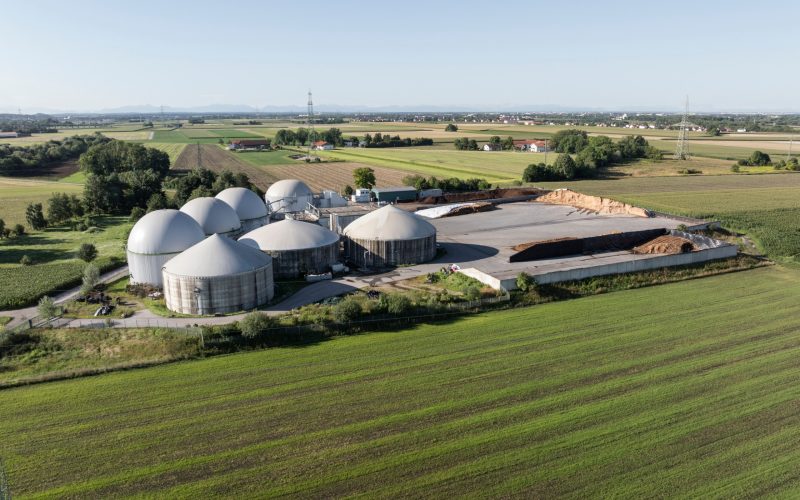Until 2021, no one knew the word “biomethane” — what this market is today
Dear friends, we are sharing our impressions of the sixth conference of the Business Transformation of the Ukrainian Agricultural Market cycle. During the event, we discussed cases of vertical integration in livestock farming, touched upon niche stories (such as ostrich farms), the development of Ukrainian biomethane, and the prospects for plant-based milk and meat.
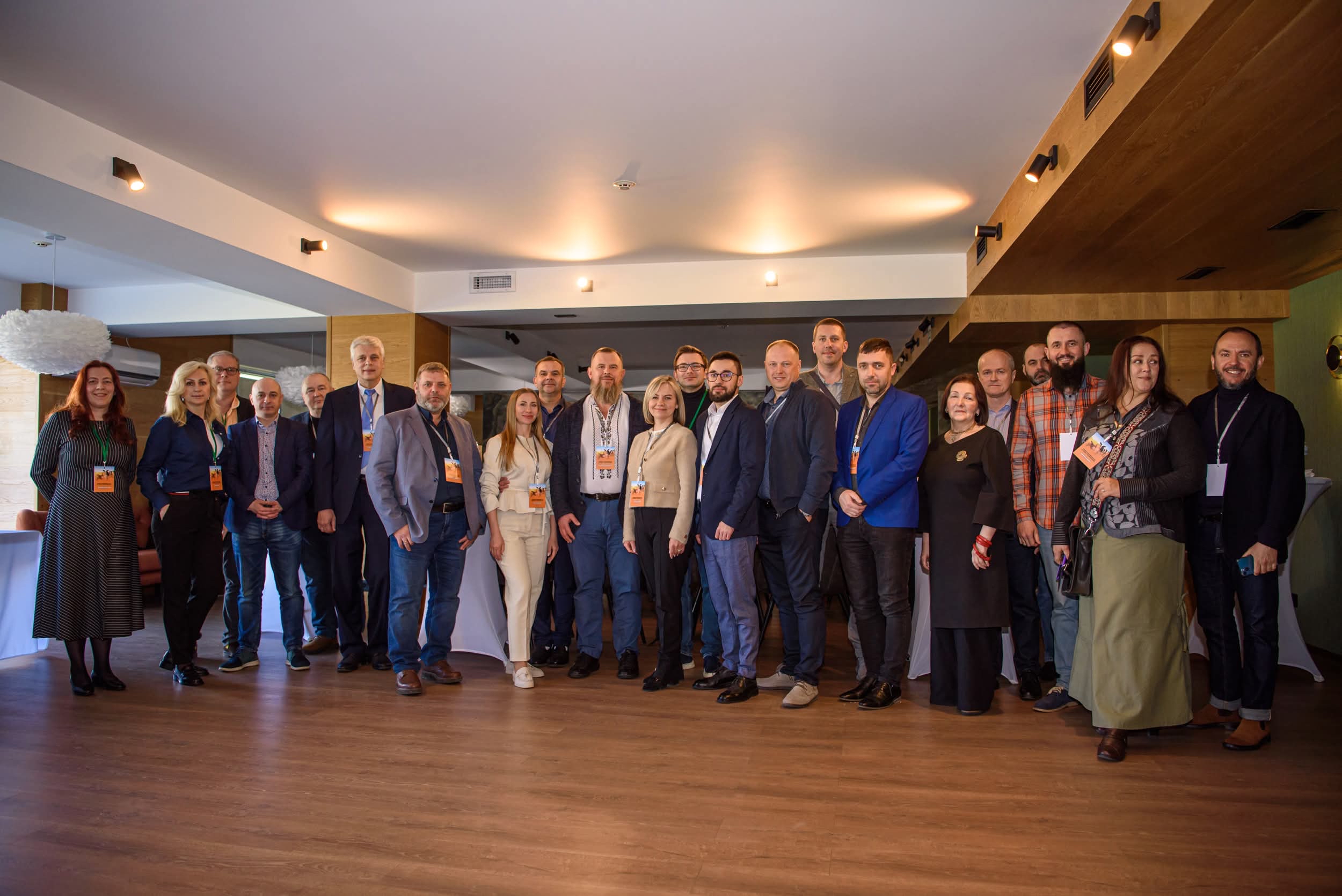
On March 28, the sixth conference of the Business Transformation of the Ukrainian Agricultural Market cycle took place at the Obolon Golf Center in Kyiv. The event brought together leading Ukrainian companies and sector experts from all over Ukraine. The UABIO team was involved in the event as an official partner. In particular, as part of the module “Biomethane: a story of slow but constant growth” moderated by UABIO Chairman of the Board Georgii Geletukha.
The main points from the module on biomethane
The section featured the following speakers::
- Oleh Riabov, Executive Director of Horodyshche-Pustovarivska Agrarian Company (Gals Agro);
- Yaroslav Svyrydivskyj, PR-Lead of VITAGRO Group;
- Kostiantyn Piven, co-owner and director of Letychiv Agro;
- Yevhen Lukashevych, Head of UTC (Ukrainian Technology Company).
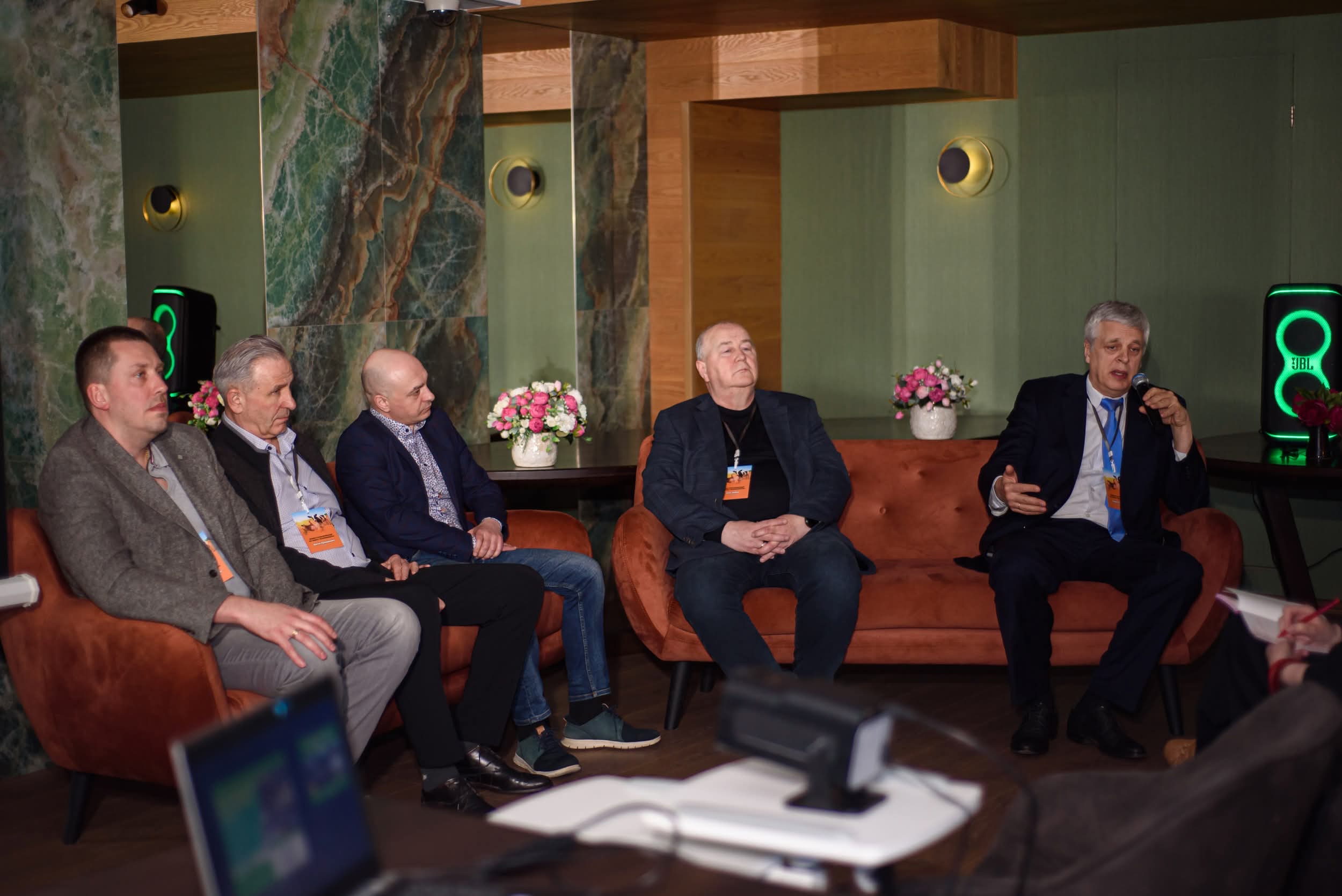
Moderator Georgii Geletukha started the module: “Our goal is the overall development of bioenergy; currently, it is mostly biogas and biomethane. This topic is developing quite actively in Europe and the world. This is due to the political goal of decarbonizing Europe by 2050. The No. 1 candidate here is biomethane. Moreover, the biomethane market is definitely in short supply now and will remain so in the near future: no matter how much we produce, it will all be consumed, and it will not be enough!“
The expert emphasized that in 2021, conditions for biomethane production began to take shape in Ukraine. Since then, a number of laws have been passed that have further contributed to the development of the industry. A special driving force was felt after the opening of exports.
“Why is it interesting for those involved in livestock farming? Biomethane can be produced from various wastes, but its highest value will be from manure. So, we recommend that all large farmers have their own biomethane plant and, accordingly, export the produced biomethane in the near future. In general, the payback period is 3-5 years. It is economically beneficial, but you should immediately consider whether there is a nearby pipe where you will subsequently output biomethane. The plant itself should be built at a distance of at least 500 meters from the settlement“.
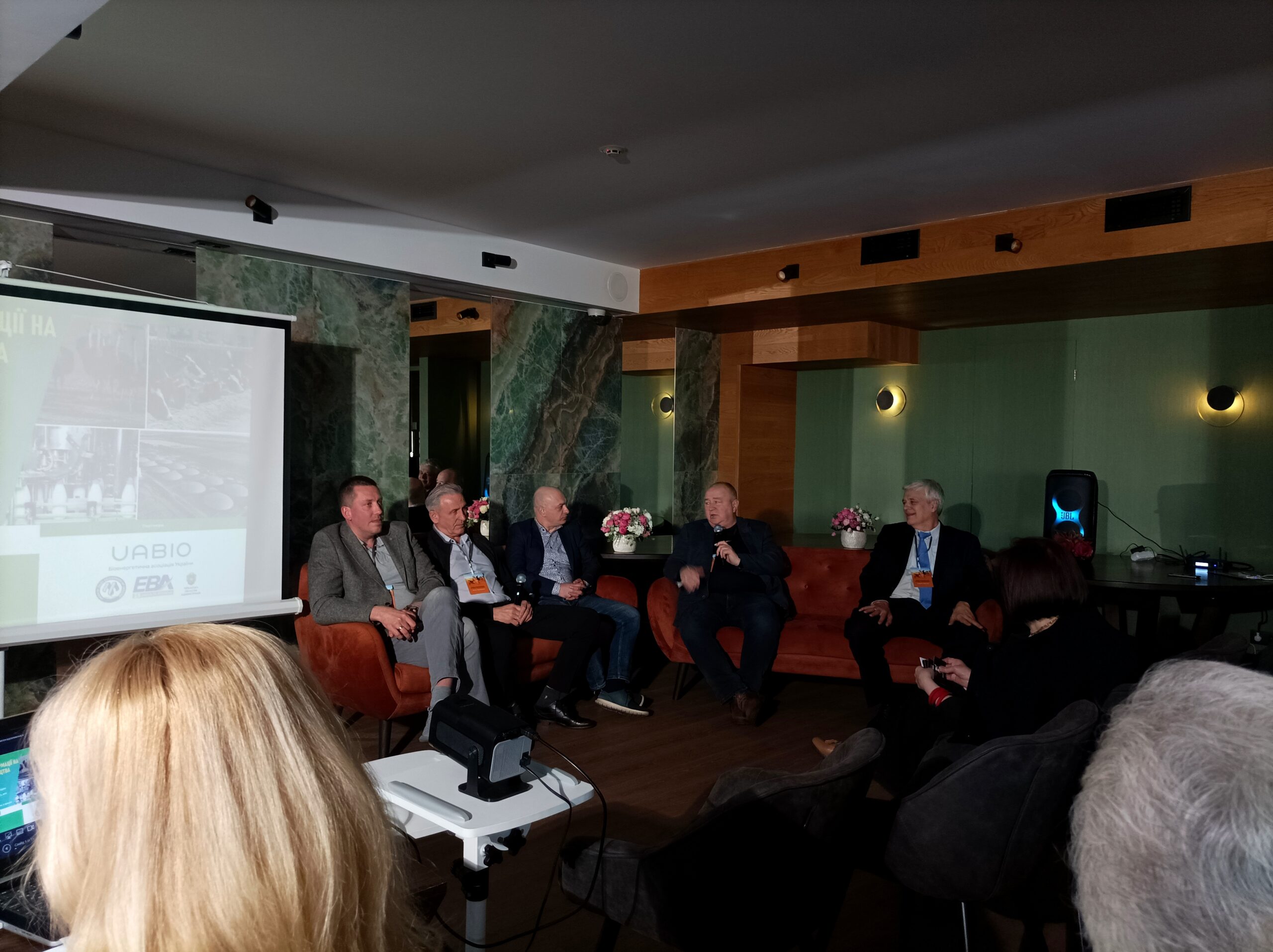
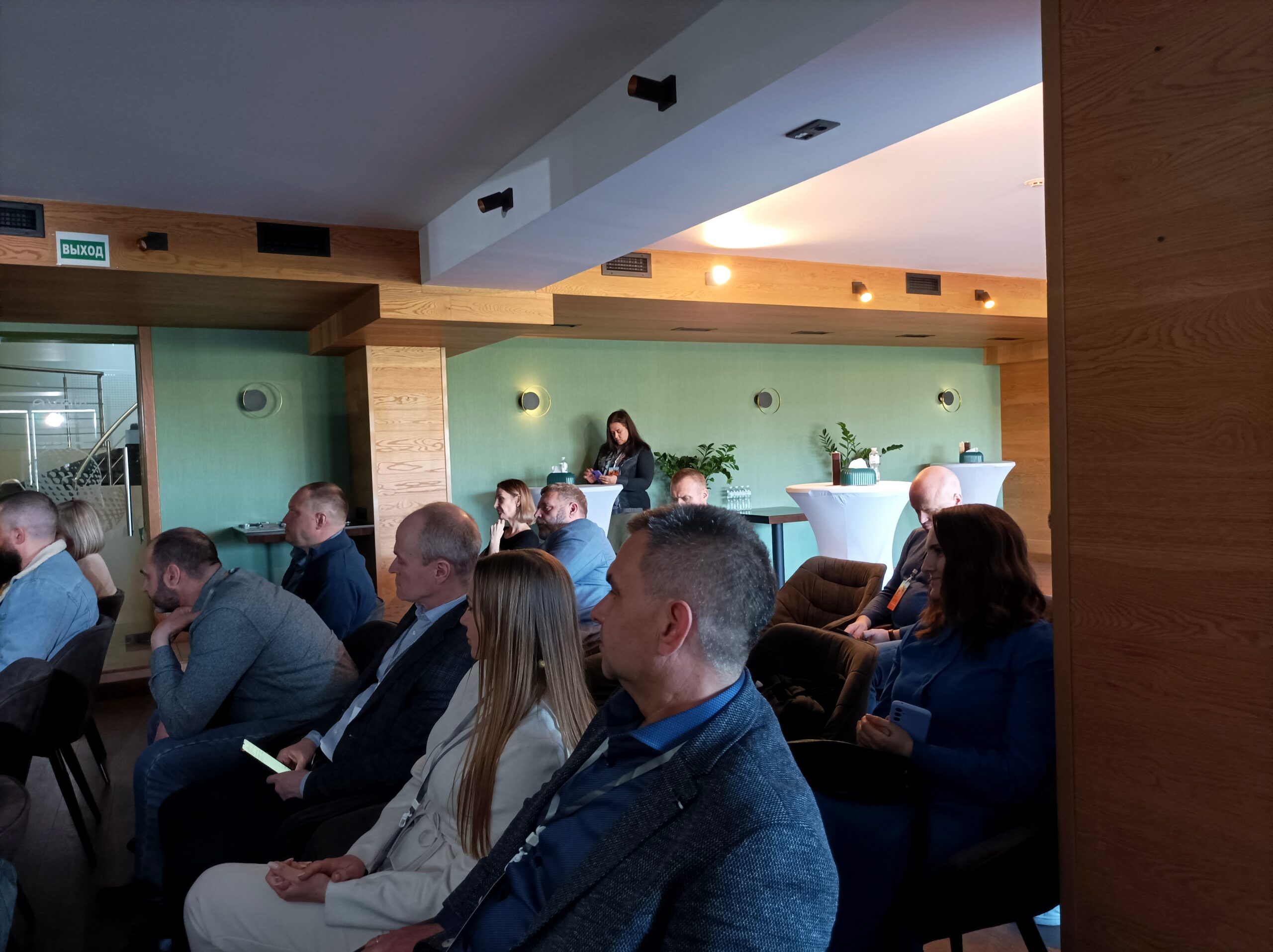
Oleh Riabov (Gals Agro) joined the discussion: “I would like to explain a little bit why slurry and why biomethane from slurry is more expensive. Thus, you don’t just throw manure on the compost, where a lot of methane is released, but process it into biomethane. What do you need to understand when going into this business? In general, livestock farmers will have one of four choices:
- Find a buyer for manure and ensure the quality of this manure;
- Cooperate with other producers by entering the business as a partner;
- Ensure own energy independence;
- Build a biogas plant on its own with the prospect of switching to biomethane and cogeneration plants.
It is important to understand that you will need to involve another company, and it must be an energy company”.
The speaker noted that the market laws here are significantly different from the market for the production of, for example, food products. In addition, Gals Agro operates four biogas plants and one biomethane plant, and plans to launch another this year.
Yaroslav Svyrydivskyj (VITAGRO) was the next to speak: “We connected to the GTS in October last year. Anyway, the plant started full-scale biomethane production in the summer. Over the next few months, we injected it and sold it for the first time in February. It was a test batch. In total, as of early March, we have exported almost 200 thousand cubic meters of biomethane, and this volume is only growing.”
The speaker emphasized that he strongly disagrees that the market is developing slowly.
“The market is not slowing down — it is just moving forward rapidly. And it will keep moving forward, so there is a very good prospect here. We will be able to supply European consumers with our biomethane — 111 million cubic meters per year, in fact, from scratch. Everything will be bought, and this is definitely not the end point of development. The market development will accelerate from year to year. The EU market is not standing still — they will increase their consumption ambitions, and we will follow these ambitions. We have a lot to offer them”.
Georgiy Geletukha added a few words to the topic: “The name of our section emphasizes slow growth, thanks to constant work we have achieved significant growth. Until 2021, no one even knew the word biomethane. But today a powerful market is being formed!”
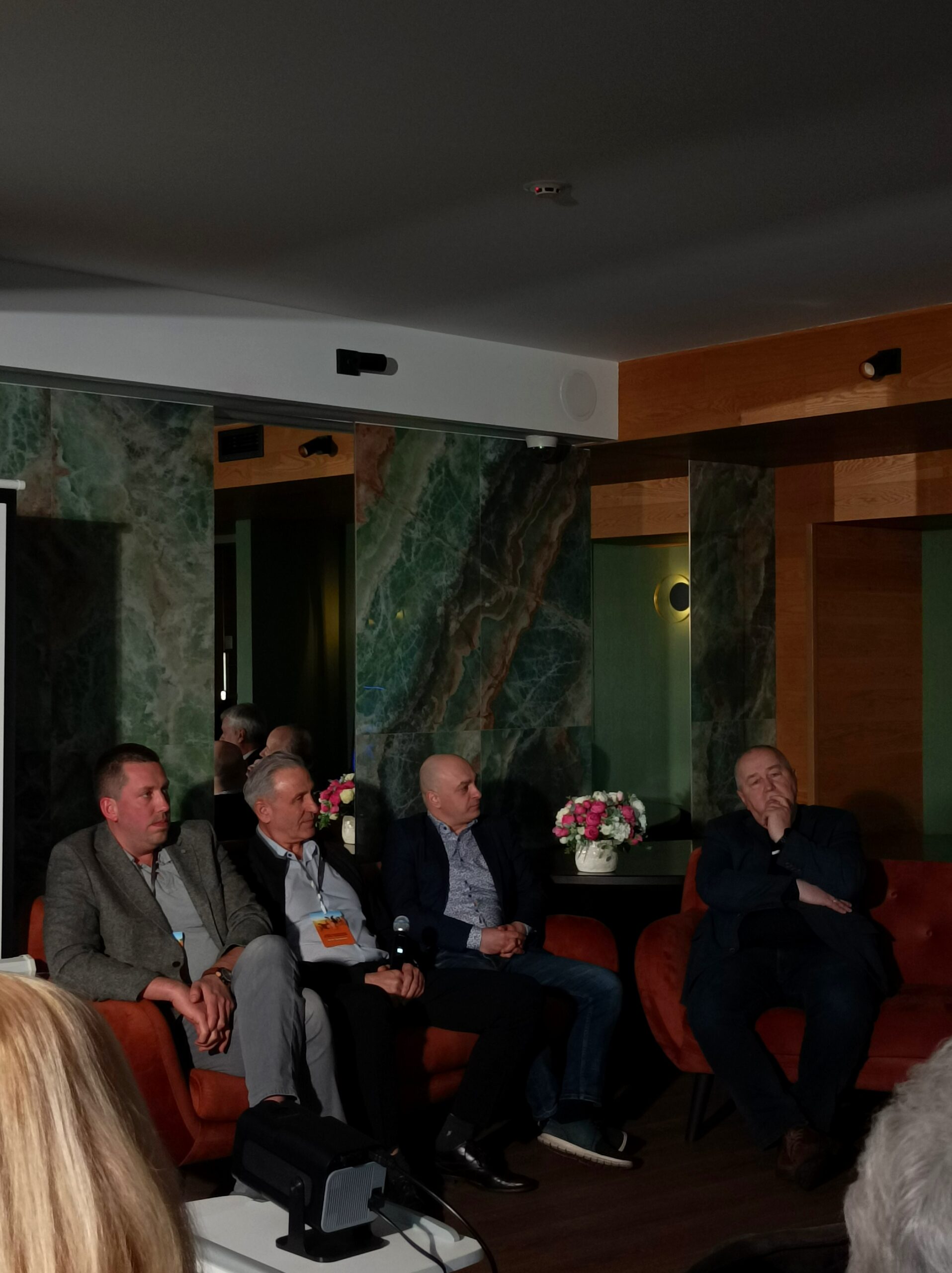
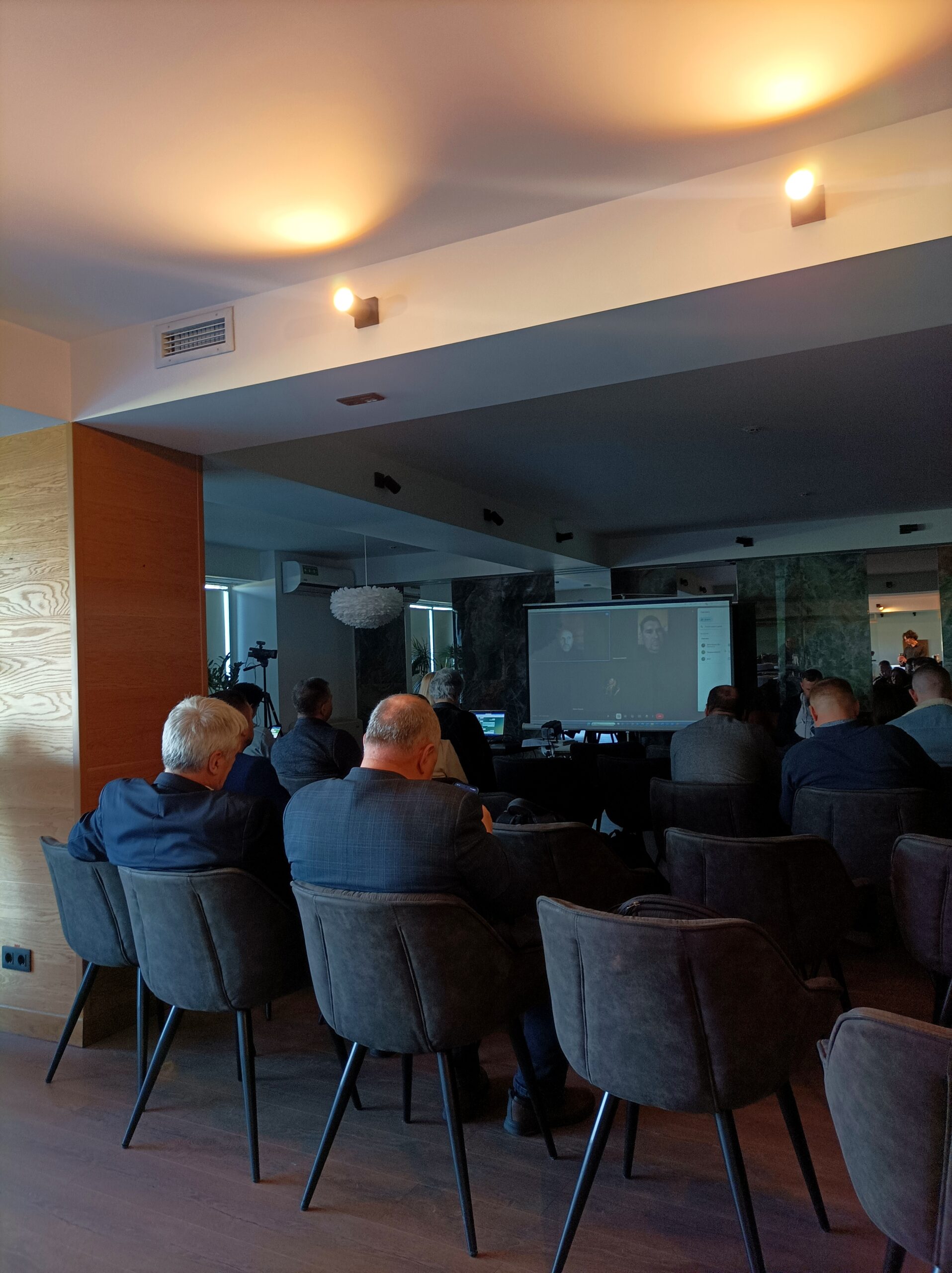

Yevhen Lukashevych (UTC): “Our biogas plant has been operating for six years. We first produced gas as a fuel and replaced 75% of natural gas with it. Then we processed waste to produce electricity. Now the trend is towards biomethane production. Personally, we have chosen to produce liquefied methane to replace motor fuel. This year, we are launching two stations at once, and over time, we will have many fuel stations operating”.
The expert is convinced that it is necessary to build liquefied biomethane plants rather than oil refineries.
“The fact that we can fuel cars is top, motor fuel from waste is top. Livestock waste is the best of the best. Small stations will not survive, we need to build larger, more powerful ones. Biomethane production is for strong farmers. In the EU, 50 MW complexes are being built. These are not even plants, but entire huge complexes. In general, if you have a lot of manure, you have many, many prospects. You can build a plant and convert all your transportation to biomethane”.
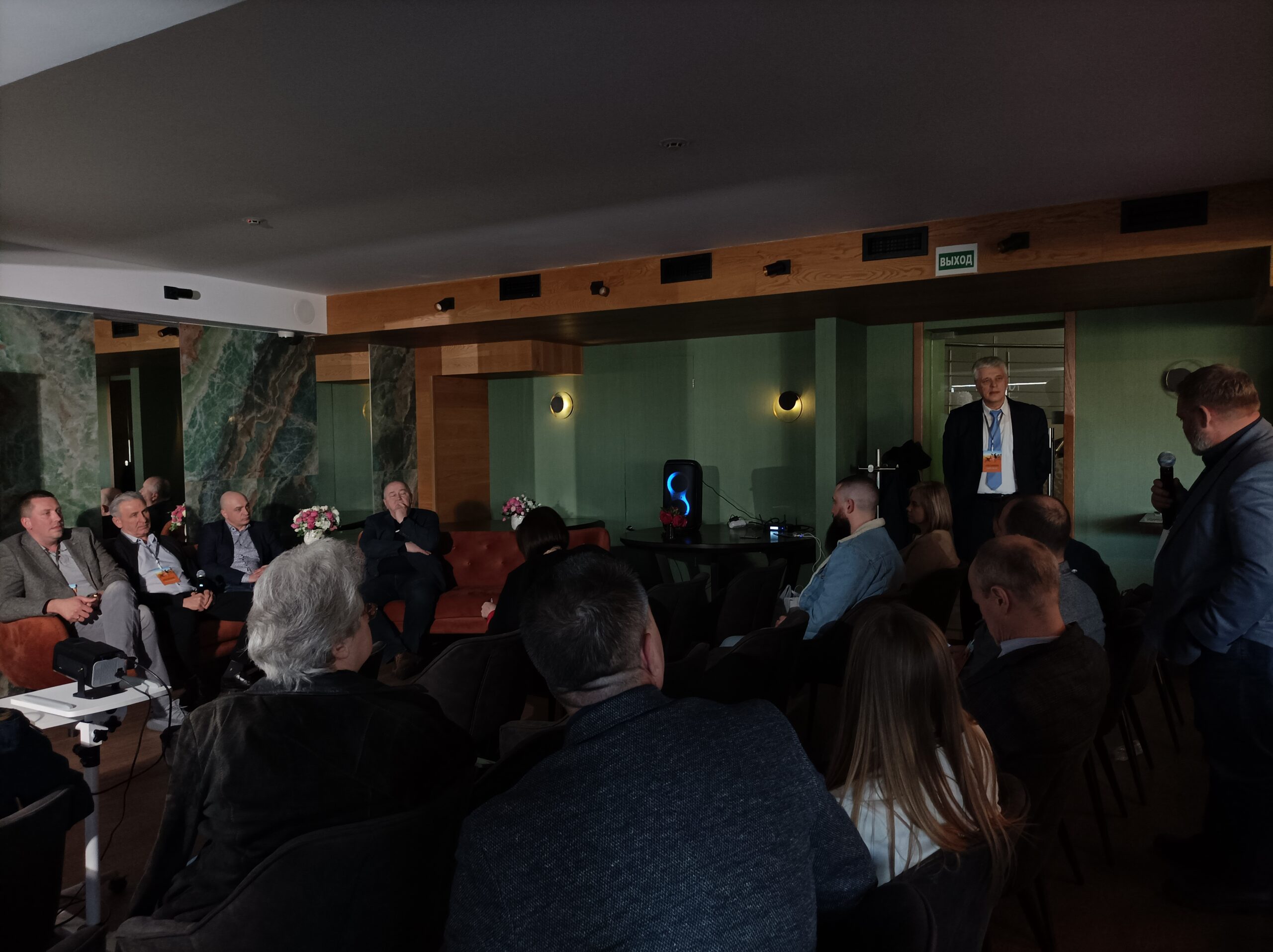

Kostiantyn Piven (Letychiv Agro): “We have everything planned, but no production yet. The construction of a farm requires a kilometer of sanitary zone. There is no pipeline nearby, and if there is, it is, in my opinion, the responsibility of large bioenergy companies. This is a completely different business. So we’d rather build another farm, and then learn how to do something with the milk to satisfy the locals. Then, maybe, big companies will come and say, ‘You give us the manure, and we’ll pay you something’. So, I think it will work out somehow. Now we have a dialog with such companies: ‘you need to give us manure and silage to make it work better’. So, it turns out that I have to involve the plant business as well. I need to add something, but we don’t have any pulp or other nutritious residues.”
Georgii Geletukha: “If we are talking about biomethane, there is no need to add silage. Biomethane from silage will not have an environmental component, which is why you pay double the price of biomethane. You can add straw and corn stalks, but the price of this biomethane will be lower. However, if it is 50/50, the economy works well.”
After the discussion, the speakers answered questions from the audience about the processing of various types of waste, the prospects of some ideas and installations. They gave recommendations and shared their own thoughts on the issues of biogas and biomethane production, solid biomass combustion and digestate use.
We are grateful to AgriChange for organizing an interesting and useful event, as well as to all the speakers and participants who developed the topic of such an important strategic direction for our country as biomethane.


